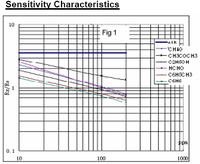Joy Biswas
Newbie level 4
Are there any links / docs available (other than datasheet) that demonstrates to calculate the ppm value of formaldehyde in air using MQ138. We have searched a lot of places but not quite successful.
[This is my 2nd post]
[This is my 2nd post]
